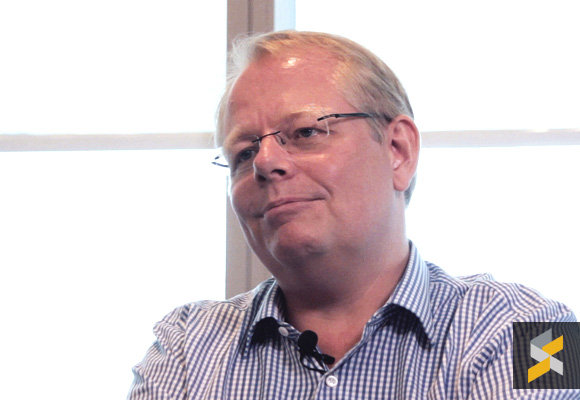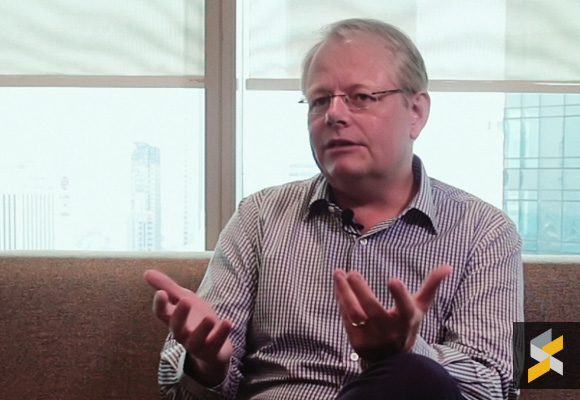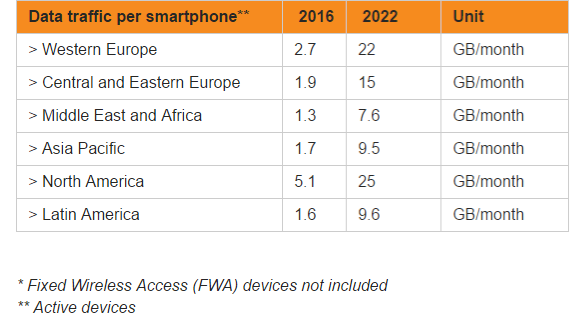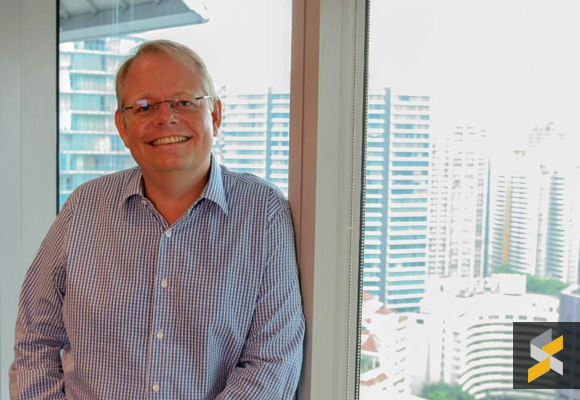It has been 4 years since 4G LTE was rolled out in Malaysia. It offered faster speeds and enabled Malaysians to do more on their smartphones.
Among the major players in Malaysia, Maxis is the first telco to offer 4G LTE and they have increased its 4G coverage footprint to cover 88% of the population. We recently caught up with Morten Bangsgaard, the Chief Technology Officer at Maxis to find out more about their network and where it’s heading.
Maxis 4G Network in snapshot
According to Morten, Maxis has been investing heavily on their network, much more than anyone else in the industry. From 55% 4G population coverage a year ago (Q3 2015), Maxis has expanded its 4G network to cover 88% (Q3 2016 – on comparable peer basis) of the population.
He also shared that he is pleased with the progress so far and the average download speed today is 25-27Mbps on 4G. With the investments made, Maxis is focused on delivering a more consistent experience. He added that a good indicator is its customers where complaints have dropped by almost 50% over the past 2 years.
He also said that what was deemed acceptable 12 months ago will not necessary apply today. It is not just about expanding 4G coverage but to keep up with the growing demand of its users.
What has changed in terms of 4G usage?

Maxis has seen a sharp increase in 4G data usage. A year ago, during Q3 2015, an average 4G subscriber on Maxis utilises 2.4GB/month and now it has nearly doubled at 4.4GB/month. The better the network, will encourage more usage and Morten expects data consumption to double up very quickly.
When a user has the right coverage and the right device, they will eventually consume more data. He shared that demand for more data is mostly driven by videos with YouTube and Facebook consuming 50% of usage. Interestingly, he mentions that data traffic is generally more on the weekends compared to the weekdays.
Will we ever get unlimited on Maxis?
Since data consumption is on the rise, we asked if Maxis would ever offer an unlimited data offering. He told us that Maxis has doubled its data quota once in April and they have doubled it again 6 months later.
On offering unlimited data, he shared that globally, some operators have tried but most of them have stepped away from it. While data usage is on a rise, very few would ever need unlimited. It would be costly to offer unlimited while keeping the network healthy.
What makes Maxis network different?

In the telco space, almost every operator claims to be the fastest and widest, so we asked Morten what makes his network different from the rest? He told us that firstly, Maxis has the widest 4G coverage which is a major differentiator. Apart from speed, they are also focused on consistency and to ensure that their customers enjoy the same experience at anytime of the week.
While most operators are working towards the same direction, Morten says that Maxis takes pride in understanding the customer experience in detail and they have spent a lot of time to maintain the quality of their network. Getting measurements of every site on both 3G and 4G, understand in detail where the complaints are coming from, assess priority and acting quickly on them. There are hundreds of people doing just that in Maxis.
Any plans for VoLTE?
VoLTE (Voice over LTE) offers high-quality voice calls over 4G LTE. On the question of VoLTE availability, Morten told us that a couple of things that needs to be ready. Primarily, the maturity of technology must be there. A couple of operators have launched it but there are still some struggles.
VoLTE is still very much dependent on device support and buying a 4G LTE phone isn’t enough. There’s also a certification process which takes time. Morten says that Maxis will launch the service when the time is right. For now, priority is on 4G data experience rather than voice.
Malaysia: Among the highest data users
Morten also shared that Malaysians are very advanced data users. If compared to Singapore and most places, Malaysia has one of the highest average data consumption with 4G users using more than 4GB/month. Even some countries in Europe has average data usage below 1GB per month.

According to Ericsson’s Mobility Report, Asia Pacific users record an average mobile data usage of 1.7GB/month. Meanwhile, users in Western Europe uses 2.7GB/month and those in North America utilises an average of 5.1GB/month. These figures are expected to rise rapidly in the coming years.
What can we look forward in future?
Today we are talking about 4G and the next big thing is 5G. He shared that 5G is not so much on devices but it’s more about how to handle many more devices on the network. Deployment is expected to place in 2020 and it’s geared up to provide more capacity than what we have today.
Improving latency which is basically reaction time is something to look forward to. If you talk about controlling things remotely like heavy machinery or doing remote surgery, current mobile networks are just too slow. We don’t use mobile network for cars but it relies on sensors to react quickly to its environments.
Another upcoming trend is to cater for very low capacity devices that doesn’t require latency. These are basically devices that does measurements like metering for your water usage and they don’t require high bandwidth or connectivity all the time. With 5G, we expect a whole range of low-power devices that does metering and sensing and that involves lots of machine to machine communication.
So how much data do you use and how’s your 4G experience so far? Share your thoughts in the comments section down below.









